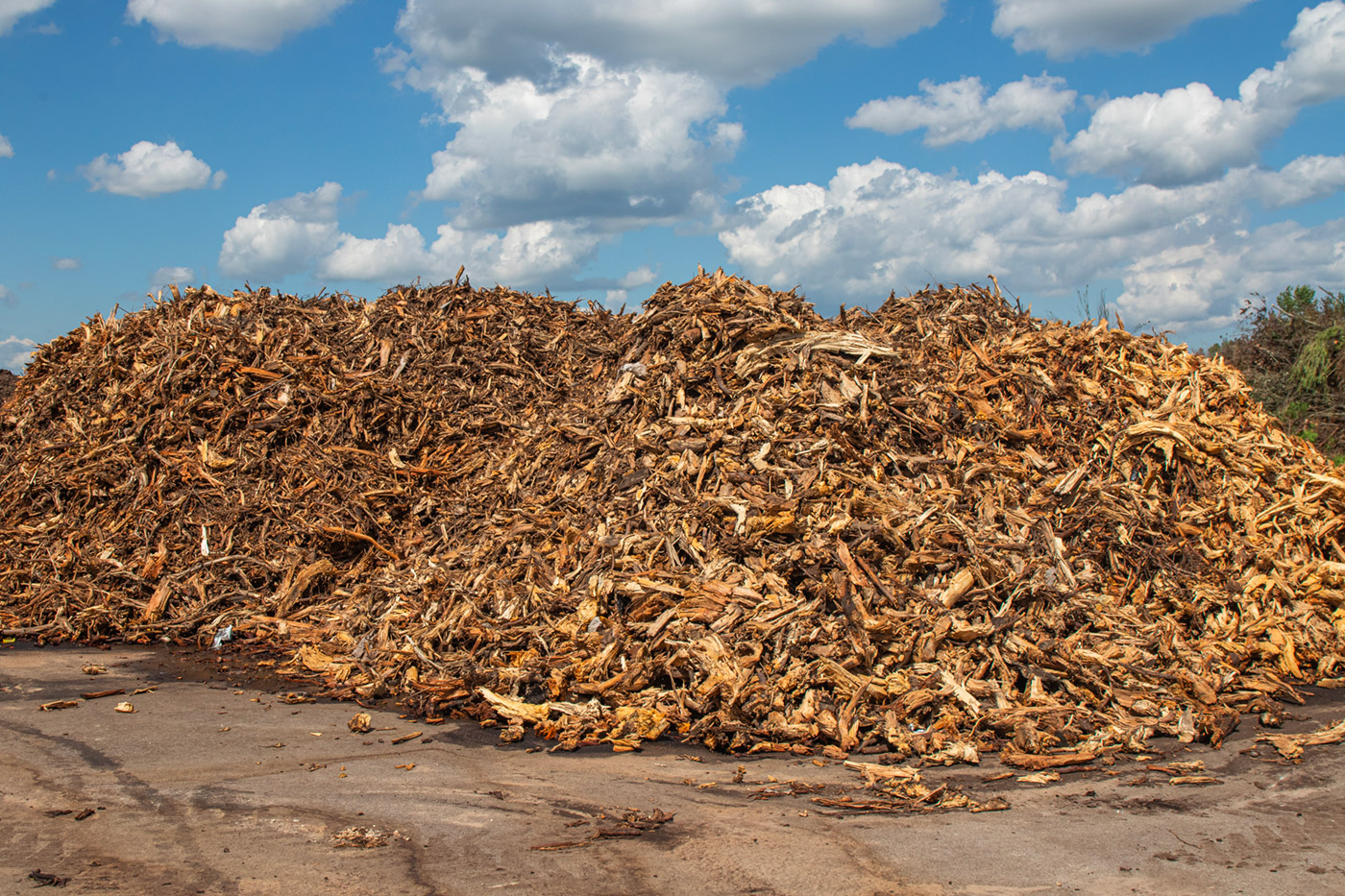Bio-based Solvents

Since its creation ESIG and its members have been involved in the EU standardization process, often via national delegations. The secretariat participates also as a Cefic observer in several Technical Committees. Our biggest involvement in the development of a standard was accomplished when the European Committee for Standardization (CEN) published the first product standard for bio-based materials (EN16766:2017: Bio-based solvents – Requirements and test) on 1stNovember 2017. Until today it is the only product standard for bio-based materials.
Looking back
Back in 2012, as part of the European 2020 Strategy to boost smart and green growth, the European Commission introduced a Bioeconomy Strategy that recommended increasing the use of bio-based products by 2020. To do so definitions, assessment methodologies, labels and standards needed to be developed. Within this context, CEN was mandated to develop standards for bio-based products. Technical performance, as well as health, safety, environmental and sustainable aspects started to be discussed under TC411 and ESIG became the convenor of the Working Group 2, that developed the bio-based solvents standard which was released in 2017 under the name: EN16766:2017- Bio based solvents – Requirements and tests
This European Standard sets the requirements for bio-based solvents in terms of their bio-based content, their technical properties and test methods. It lays down the characteristics and details to assess to what extent bio-based solvents
- are fit for purpose in terms of performance related properties,
- comply with the health, safety and environmental requirements which apply generally to all solvents,
- are derived from biomass,
- have a sustainability assessment all along the supply chain.
The Standard specifies solvent classes, based on the percentage of bio-based carbon content or bio-based content. EN 16575 defines the term “bio-based” as derived from biomass and clarifies that “bio-based” is independent of “biodegradation”. In addition, “biodegradable” does not necessarily imply a property of a “bio-based” material.
ESIG deems it important that safety and sustainability aspects are fully assessed as bio-based solvents are not by definition more sustainable or safer or cleaner. They have mainly the same components as the ones produced from a traditional fossil feedstock. It means they are not per se safer because of their composition, phys chem properties & toxic profiles can be the same. Often bio-based solvents are described as environmentally more friendly because they are biodegradable, but we have also fossil based solvents that are fully biodegradable.

How do you know that a solvent is bio-based and safe?
Since 2017 there exists a standard that defines what a bio-based solvent is. Any solvent claiming to be bio or sustainable or green should have a classification according to this standard.
Whether the solvent is safe can be checked by consulting the safety data sheets that lists all the information related to human health and environmental impact of the product.
Finally, when a new solvent enters the market, it needs to be checked that all testing requirements under REACH are complied with to be able to declare it a safe solvent.
What does the future for bio-based solvents look like?
Currently, bio-based solvents are expected to remain a niche market due to several reasons some of which are listed in a 2019 JRC study analysing the reasons (Insights into the European market for bio-based chemicals).
ESIG members continue to provide input and support to initiatives like the “Roadmap for the Chemical Industry in Europe towards a Bioeconomy” and to prevent any market distortion due to green washing practices.